- Home
- Machining techniques
- CNC Machining Services
- Cooperative supply services
- Designs
- Materials
- Finishing Services
- Shop
- Products
- Guide
- About Us
- Contact Us
2022.5.30
The CNC mold making means that in the processing of mechanical mold, with the help of a computer numerical control machine tool, the instruction program is formulated by formulating logic code and some other symbols, and the CNC machine tool is automatically decoded to control it to process program controlled automatic parts. This kind of CNC machine tool not only has the characteristics of high precision and high stability in the process of machining mechanical molds but also has the function of multi coordinate linkage in practical work, which can process complex shape parts, effectively short the processing time and improve efficiency.
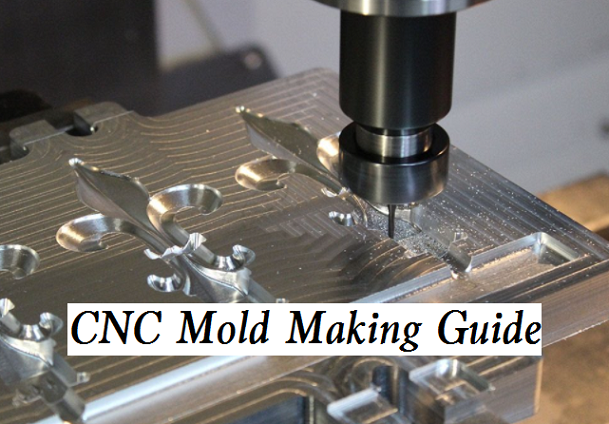
The key points that should be paid attention to in the mold machining and manufacturing of mechanical molds are that the casting and forging of blank parts must be completed on ordinary machine tools, and then clamped to the CNC machine tools for further fine machining, so as to better develop the functions of the CNC machine tools and extend their service life. In practical work, there are generally three methods to divide the CNC machining process of molds:
1. According to the tool used: This method can not only effectively reduce the number of tool changes, but also reduce the idle time and eliminate errors;
2. According to the machining parameters: When using this sorting method, attention should be paid to the interval between rough and finish machining, so that the rough machined parts can be fully recovered and the precision of finish machining can be effectively improved;
3. According to the machining position: machining plane – locating surface – machining hole, simple geometry – complex geometry, low precision part – high precision part, etc.
In actual work, the selection of machining operations should be based on specific conditions. For example, when machining mechanical molds with small material deformation and uniform machining allowance, the first sequencing method can be selected, while the second sequencing method should be adopted for mechanical molds with large part deformation, and unbalanced machining allowance distribution, and high machining accuracy requirements.
The determination of tool setting point and tool change point is very important in mold processing. If the tool setting point is damaged in the previous process, the subsequent process cannot be carried out. This also reflects that the position of the tool setting point must be at the reference position or the part that has been precision machined. There are two options for the tool set according to the type of machine tool, one is to change the tool manually, and the other is to set the tool automatically.
1) Manual tool setting
The manual tool setting position is generally set on the workbench or fixture of the gantry milling machine. The selection of tool setting points should follow the following principles: the tool setting points must be easy to align; convenient for programming; the error of tool setting point must be as small as possible; it should be convenient for later inspection; after the tool setting point is set, the accurate relationship between the tool setting point and the positioning datum of the part shall be determined; when selecting the high-precision tool setting position, it is generally set on the design basis or process basis of the part; on the mold with the hole as the positioning reference, the tool setting point should be selected in the hole center. In addition, the working coordinate system cannot be changed after it is selected by the operator, and it should be consistent with the programmed coordinate system, so as to ensure the accuracy of the processing; During the tool setting process, the tool setting point and the tool location must be completely coincident. Finally, the CNC milling machine needs to change the cutter manually.
2) Automatic tool setting
Generally, the tool setting point is selected on the surface of the machine tool. After the workpiece is clamped on the machine tool, enter the corresponding length compensation to complete the setting of the center. After each tool change, the tool will complete the automatic tool change and the corresponding tool length compensation on the tool setting instrument to realize the automatic tool change processing. The selection of tool change points in these two methods is determined according to the contents of specific processing procedures. The tool change points are generally set at a position far away from the machined parts, which are usually controlled by the program and return to the corresponding limit position of the machine tool. The purpose of this is to prevent the tool from touching the parts during tool change and causing part damage and machine tool accidents.
1) For the mold before programming, it is necessary to review the work, that is, to comprehensively analyze the structure of the mold and formulate the processing and production plan; In case of design change due to mold maintenance, the mold shall be reviewed in time and the production schedule shall be modified.
2) Before programming, it is necessary to comprehensively consider the factors of parts, first select several processing methods and paths, then compile the program, and then modify the program according to the processing method to confirm that there will be no tool collision and missing processing procedures during the tool feeding process. When finishing, such as the core and cavity of the mold, the specific number of rough machining must be comprehensively considered. All the parts that can be milled out in the rough machining process must be milled out, and some parts that cannot be milled out by the gantry milling machine must be roughened to the required value as much as possible. During finish machining, the feed amount and direction of the tool must be strictly controlled. The best result is to process the highest quality mechanical mold in the shortest time. Finally, the feasibility of the tool path should be simulated and verified with numerical control simulation software before programming, so as to prevent the machine collision accident caused by human factors. For high-speed machining machine tools, if the conditions are met, the software can be used to optimize, which can greatly reduce the machining efficiency and improve the tool life
3) The inspection and sorting shall be done well during and after the processing. In the process of machining, the progress and quality of machining shall be checked at all times. Once too many empty tools, large workpiece allowance, wrong tools, tool bouncing, and tool deformation are found, they must be reported in time to ensure that the programming modification can be carried out in a timely and effective manner and reduce the waste of materials. After processing, it is necessary to strictly check and measure the parameters, missing work, and errors of the workpiece, and then report to the superior to ensure that the processing accuracy is within a reasonable range. Finally, these data should be recorded and the workpiece processing database should be established.
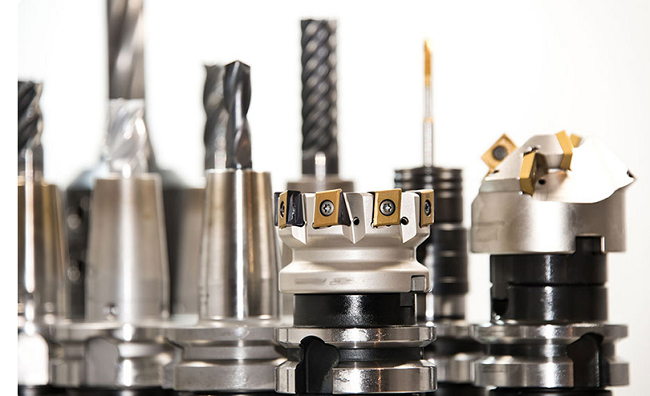 Top 12 CNC Machining & Programming Experiences | CNCLATHING
Top 12 CNC Machining & Programming Experiences | CNCLATHING
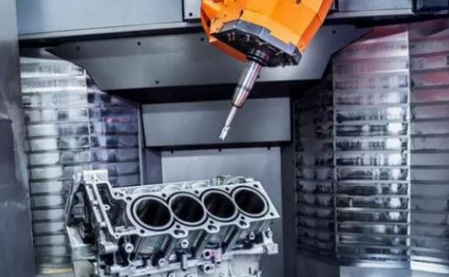 7 Common Tool Setting Methods For CNC Machining | CNC Tool Setting
7 Common Tool Setting Methods For CNC Machining | CNC Tool Setting
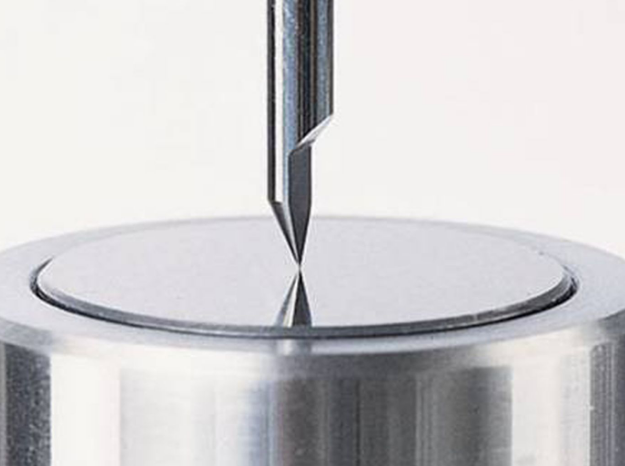 Treatment Of Common Tool Setting Problems In CNC Machining – Principle Analysis, Main Methods & Measures
Treatment Of Common Tool Setting Problems In CNC Machining – Principle Analysis, Main Methods & Measures
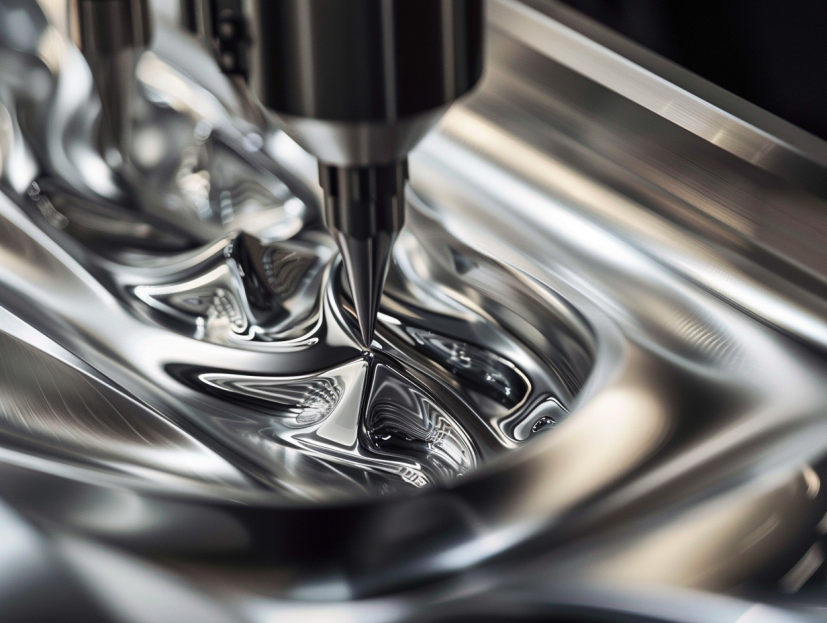 What is Tool Setter – CNC Tool Setter Types, Cost, Work Principle & How To Use
What is Tool Setter – CNC Tool Setter Types, Cost, Work Principle & How To Use
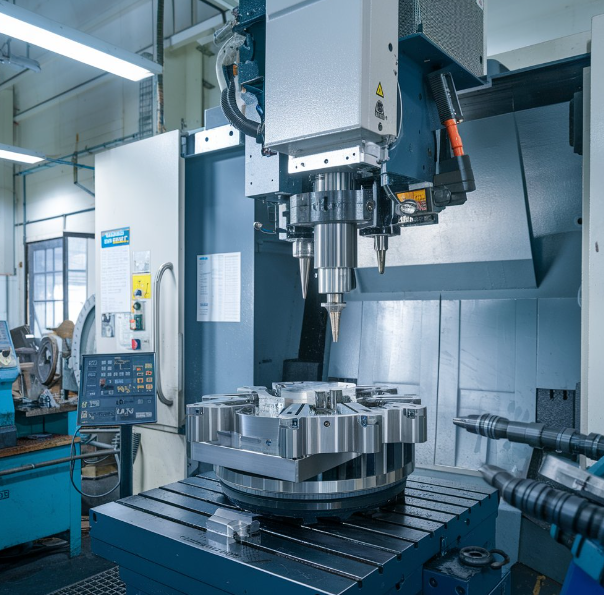 Why Choose China CNC Machining and How to Find the Best CNC Machining Manufacturer
Why Choose China CNC Machining and How to Find the Best CNC Machining Manufacturer
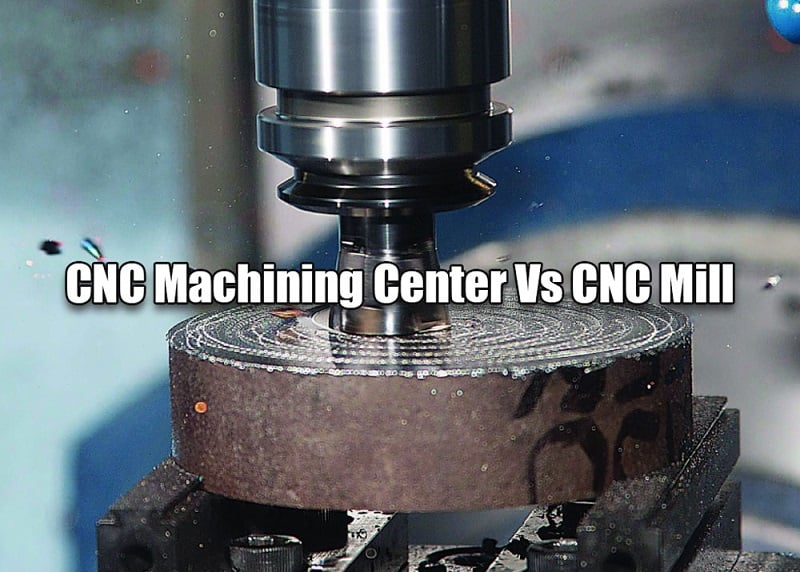 CNC Machining Center Vs CNC Mill – Difference Between Machining Center And Milling Machine In Programming
CNC Machining Center Vs CNC Mill – Difference Between Machining Center And Milling Machine In Programming
